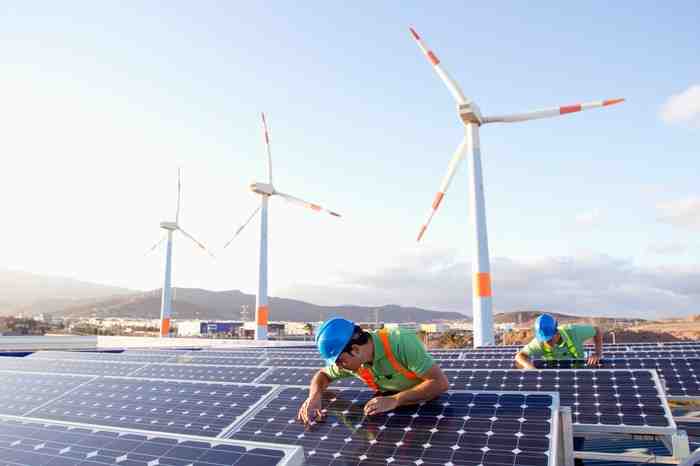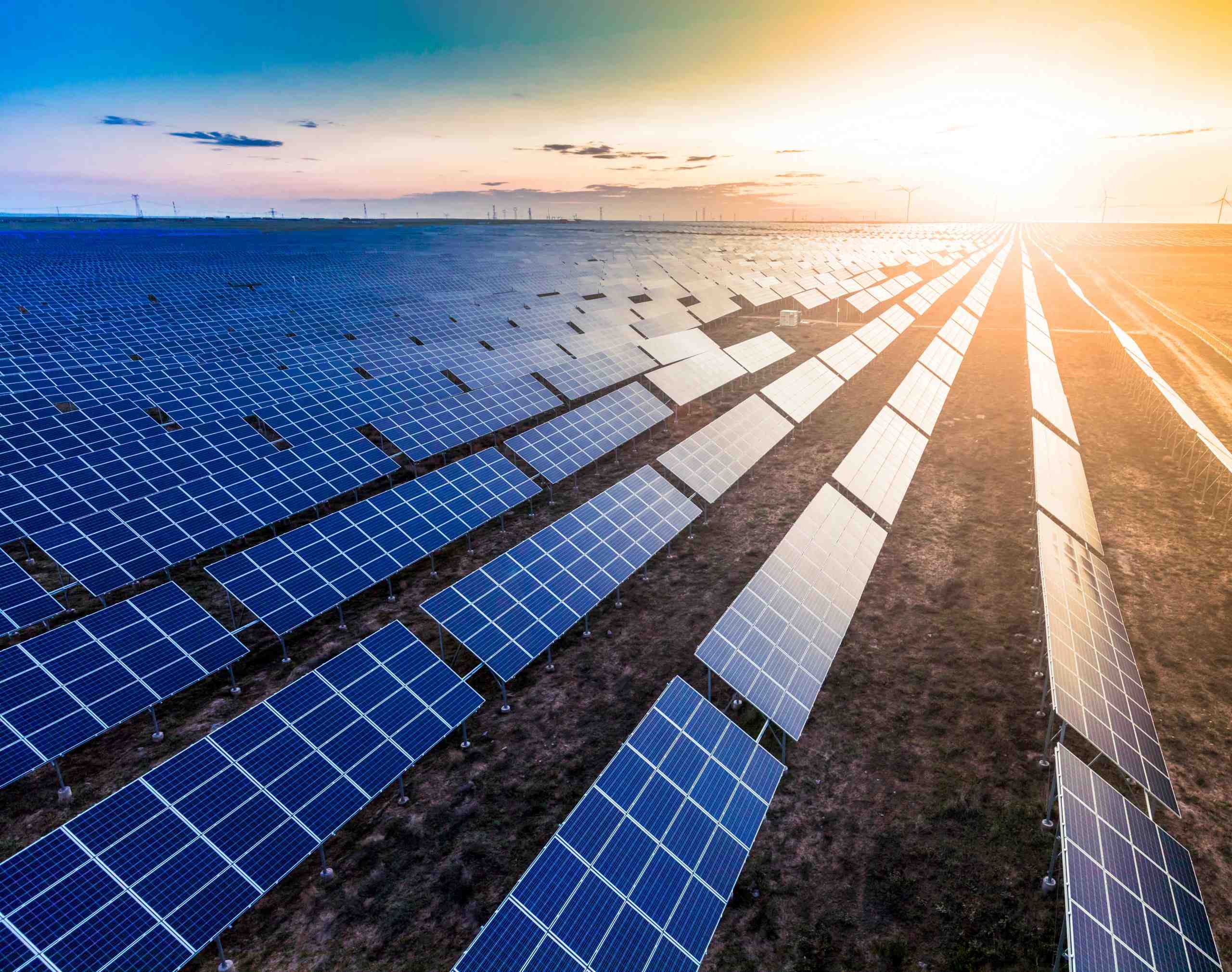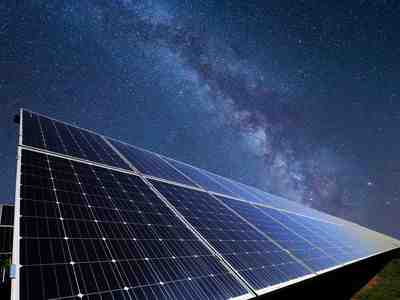Solar power isn’t just for hippies or loners who want to “live off the grid” anymore.
If you haven’t noticed, major manufacturers have been adding solar power to their operations lately. Lego A/S says its new injection molding plant in Virginia will rely solely on solar power. Sealed Air Corp. is investing $9 million to convert the Bubble Wrap plant in California to solar energy. Thermoformer C+K Plastics Inc. adds solar in North Carolina.
And it’s not just processors either. On 2 September, Toray Resin Co. said. that it is working with Duke Energy to use solar energy for its compounding site in Indiana.
Add to that the launch of an electric power cracking plant in Germany in a pilot project with the support of BASF, Sabic and Linde. While the partners have not said what will be used to power that electric cracker, they noted that it will give them more sustainable energy source options than natural gas.
Obviously, many of those decisions are good PR for participating companies who can then brag about their reduced carbon footprint, but there are other incentives. European leaders are working to reduce their dependence on natural gas from Russia, due to the war in Ukraine and the potential that Russia could further extend the process of closing a key pipeline to Europe.
In the US, meanwhile, the recently approved Inflation Reduction Act provides tax incentives for renewable energy investments, a move that prompted solar panel maker First Solar to announce a $1.2 billion investment in additional capacity.
Mike Lewis, retired CEO of thermoset and thermoplastic processor Akron Porcelain & Plastics Co., and his wife, Sheila Lewis, former head nurse of the orthopedics unit at Summa Health Akron, Ohio, donated $1 million to establish the first endowed directorate in critical care for the Akron health system.
The contribution will be called the Mike and Sheila Lewis Director of Critical Care, Summa Health announced in an Aug. 30 news release.
The position will focus on pulmonary medicine and support research, education and other issues related to the critical care department. Its first recipient is Michael Chandler, division chief and medical director of Critical Care at Summa Health.
Akron Porcelain & Plastics is a 130-year-old manufacturer that began business as a clay pipe maker, added electrical insulators in the early 20th century, then began plastics operations in the 1950s.
Automakers are increasingly investing in 3D technology – not just printers for prototype parts, but using 3D scanners to check part quality, resurrect parts from old cars and even map entire manufacturing floors to improve production flow.
John Irwin of our sister paper Automotive News spoke with industry executives who see 3D scanning and 3D printing as the next step in creating a “real-time digital factory.”
“We believe that 3D printing and 3D scanning will evolve beyond our imagination,” said Stephen Brennan, vice president of Toyota Motor North America’s vehicle manufacturing engineering group. “These tools will become an integral part of our core processes.”
BMW says its scans of assembly machine floors will be used to determine how best to reassemble new models, long before production even begins.
How do I turn my solar inverter back on?
1- Turn off the “Solar Supply Main Switch” AC or the “Inverter Main Switch” which is in the main switchboard of the house. 3- Turn off the “PV DC isolator array” located next to the inverter. Read also : China looks set to build space solar power station. 5- Turn the inverter back in reverse order (isolate DC first, AC second).
How do you reset an inverter after a power outage? How to Reset a Solar Inverter
- Turn off the solar panel inverters. …
- Turn off the AC power. …
- Turn off the solar disconnect box. …
- Close the electrical service panel. …
- Wait 30 seconds. …
- Open your electrical service panel.
- Open the solar disconnect box. …
- Turn on the AC power disconnect.
How do I turn on my solar inverter?
How do I know if my solar inverter is working?
You can tell if your solar inverter is working by checking the color of the lights displayed. If it displays a green light, it means it is in good working condition. On the same subject : Suburban solar customers see red over the sky high bills. It should also be able to display data. A red or orange light during the day would mean that there is a fault in the solar system.
Why is my solar panel inverter not working?
If the inverter stops working completely, the first thing you should check is the inverter circuit breaker. The circuit breaker can flick off because of a spike through it, and you have to reset it. To restart the inverter, turn off the AC breakers, you must turn off the DC isolators.
How do I turn my solar inverter back on?
1- Turn off the “Solar Supply Main Switch” AC located in the main switchboard of the house. 3- Turn off the PV array DC isolator next to the inverter. 5- Turn the inverter back in reverse order (isolate DC first, AC second).
Why did my solar inverter turn off?
This is mainly due to the voltage level from the inverter outlet. When the voltage is too high, the inverter automatically shuts down for safety reasons. What causes high voltage? The permitted voltage in the inverter connection cable is exceeded, because the cable is too thin.
How do you fix a tripped inverter?
Solve the tripping inverter problem by pressing the reset button. Repair power switch if it is causing problems. In the case of a faulty or defective battery, have it replaced. If an inverter has a weak battery, let it charge for a few hours.
Why is my solar switching off?
If you are using solar power and the inverter keeps switching off or reducing output, this means that your system is reacting to changes in voltage. This does not necessarily mean there is a problem. However, there are potential causes that you can investigate. Not all solar systems have the correct settings when first installed.
How do I turn my solar inverter back on?
1- Turn off the “Solar Supply Main Switch” AC located in the main switchboard of the house. 3- Turn off the PV array DC isolator next to the inverter. 5- Turn the inverter back in reverse order (isolate DC first, AC second).
How long does it take for solar panels to generate electricity?
Their energy payback times (EPBT) which is the time it takes to produce all the energy used in their life cycles is currently between six months and two years, depending on the location/solar radiation and the technology.
How much electricity does a solar panel produce each day? While there are many factors that affect how much energy a solar panel can produce, you can expect a typical single solar panel in the US to produce about 2 kWh per day, which saves an average of $0.36 on electricity costs per day.
Do solar panels work immediately?
As a general rule, solar panels start working as soon as they are light enough to turn into energy.
How long does it take for solar panels to start working?
Depending on the utility, this can vary dramatically, but some estimates say it will take three to eight weeks after installation to get permission to operate.
How do I know if my solar panels are working?
A simple health check is to look at the color of the lights that shine on the box during daylight hours when the system is supposed to be running. A green light on your inverter means your system is working properly. A red or orange light during daylight hours means there is a system event or fault.
Do solar panels work automatically?
To protect the utility workers and the grid itself, all grid-connected solar power inverters are required to shut down automatically when the grid goes down and the power goes out.
How long does it take for solar panels to start working?
Depending on the utility, this can vary dramatically, but some estimates say it will take three to eight weeks after installation to get permission to operate.
How long does it take for solar panels to charge?
If a battery is completely drained, a panel can usually charge the battery within five to eight hours. Total charging time will vary depending on battery condition. If a battery is completely drained, a solar panel can energize the cells within five to eight hours.
How long does it take solar panels to work?
Given these various factors, a solar panel system can be up and running in as little as a few weeks, and as long as half a year. The average time period most people can expect from signing a contract to running on solar power is about three months.
How do I know if my solar panels are working?
A simple health check is to look at the color of the lights that shine on the box during daylight hours when the system is supposed to be running. A green light on your inverter means your system is working properly. A red or orange light during daylight hours means there is a system event or fault.
How many solar batteries are needed to power a house?

A 400 amp-hour 6 volt battery can provide about 2.4 kilowatt hours of power. A three-day battery bank planned to provide an average American home with 90 kilowatt-hours of electricity. The previous model battery can provide 2.4 kilowatt hours, while 38 batteries would be needed.
How many batteries do I need to power my home? Number of Batteries A battery bank designed to power an average American home for three days would need to supply 90 kilowatt-hours of energy. The battery from the previous example can supply 2.4 kilowatt-hours, so this system would require 38 batteries.
How many batteries do I need to live off the grid?
We will need a battery bank that holds that much energy every day if we expect to live off the grid in this house during the summer. If you take several days of autonomy, you will need a 200 kWh battery bank. Currently, you can expect to pay around $6,000 for every 10 kWh of energy storage installed.
How many solar panels and batteries do I need to run my house?
The average American home needs between 16 and 20 solar panels based on the average electricity consumption of 893 kilowatt-hours (kWh) per month. Installing many solar panels would cost between $12,000 and $17,000 after the federal solar tax credit.
How many solar panels do I need to be completely off grid?
Most data suggest that a typical American home (a 2,000 square foot home) uses about 11,000 kilowatt-hours each year. So, when we divide our total usage by the expected output of one solar panel, we see that around thirteen solar panels of this size would be enough to power a home of that size.
How many 12V batteries are needed to power a house?
A battery bank designed to power an average American home for three days would need to supply 90 kilowatt-hours of energy. The battery from the previous example can supply 2.4 kilowatt-hours, so this system would require 38 batteries.
How many solar panels do I need to power my house?
You can calculate how many solar panels you need by multiplying your home’s hourly energy requirement by the peak sunlight hours for your area and dividing that by panel wattage. Use a low wattage (150 W) and high wattage (370 W) example to establish a range (eg: 17-42 panels to produce 11,000 kWh per year).
How do I calculate how many solar panels I need?
In order to understand your own consumption, a good rule of thumb is to look back at your total energy consumption from the last twelve months on your utility bills. Most utility bills provide this information. Divide that number by 12 and you have a great estimate of what your solar panels will need to produce each month.
How many solar panels does it take to run a house off grid?
Most data suggest that a typical American home (a 2,000 square foot home) uses about 11,000 kilowatt-hours each year. So, when we divide our total usage by the expected output of one solar panel, we see that around thirteen solar panels of this size would be enough to power a home of that size.
How many solar panels do I need for a 2000 sq ft home?
On average, a 2000 square foot home would need a 4kW system which means 10 400-watt panels.
How many batteries and solar panels does it take to run a house?
The average American home needs between 16 and 20 solar panels based on the average electricity consumption of 893 kilowatt-hours (kWh) per month. Installing many solar panels would cost between $12,000 and $17,000 after the federal solar tax credit.
How many solar panels does it take to run a house off-grid?
Most data suggest that a typical American home (a 2,000 square foot home) uses about 11,000 kilowatt-hours each year. So, when we divide our total usage by the expected output of one solar panel, we see that around thirteen solar panels of this size would be enough to power a home of that size.
How many solar panels do you need to run a house?
How many solar panels does the average house need? With a home of around 1500 square feet, it is estimated that 15 to 18 solar panels will be needed.
Can a house run 100% on solar?
With a modern solar energy system, including power storage, you can definitely run an entire house entirely on solar power. Today’s high efficiency solar panels and solar batteries make it cheaper than ever before to power an entire home using only solar energy.
What is solar energy step by step?

When the sun shines on a solar panel, energy from the sunlight is absorbed by the PV cells in the panel. This energy creates electrical charges that move in response to an internal electrical field in the cell, causing electricity to flow.
What is solar energy explained with diagram? Solar energy is radiant light and heat from the Sun that is harnessed using a range of ever-developing technologies such as solar heating, photovoltaics, solar thermal energy, etc. It is an important source of renewable energy.
How solar energy is produced?
Solar power works by converting energy from the sun into power. There are two types of energy produced from the sun for our use – electricity and heat. Both are produced using solar panels, which range in size from residential rooftops to ‘solar farms’ spanning acres of rural land.
What are 5 Advantages and disadvantages of solar?
Solar power is pollution free and does not cause any greenhouse gases to be emitted once installed. Less dependence on foreign oil and fossil fuels. Clean renewable power available every day of the year, even cloudy days produce some power.
What is solar energy in easy way?
Solar energy is any form of energy produced by the sun. Solar energy can be harnessed directly or indirectly for human use. These solar panels, installed on a roof in Germany, harvest solar energy and convert it into electricity.
What is solar answer short?
solar cell, also known as photovoltaic cell, any device that converts light energy into electrical energy directly through the photovoltaic effect.
What is this solar energy?
What is solar energy? Solar energy is the radiation from the Sun that can produce heat, cause chemical reactions, or generate electricity. The total amount of solar energy received on Earth far exceeds the world’s current and expected energy requirements.
What is solar energy simple?
Solar energy is any form of energy produced by the sun. Solar energy is created by nuclear fusion that takes place in the sun. Fusion occurs when protons from hydrogen atoms violently collide in the core of the sun and fuse to create a helium atom.


